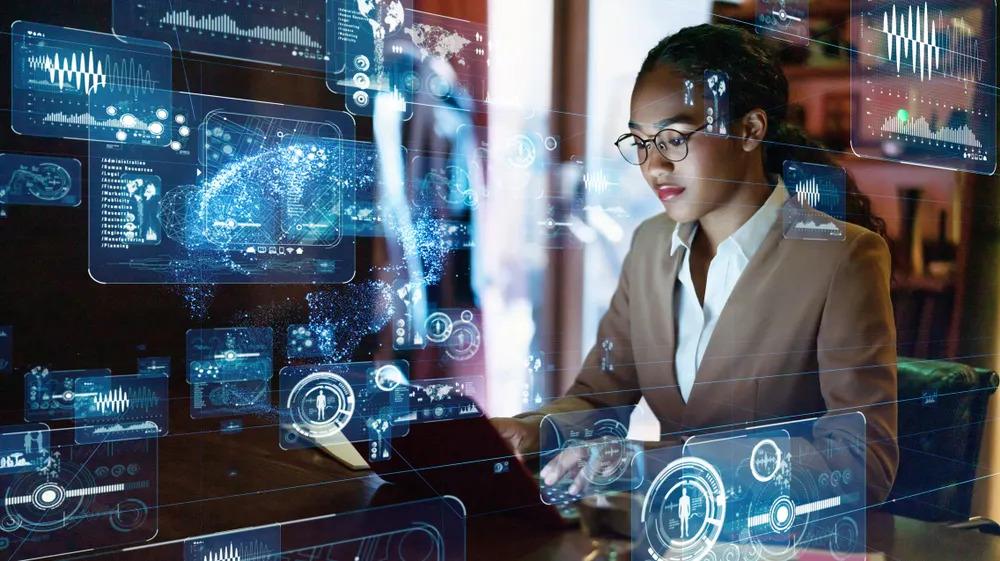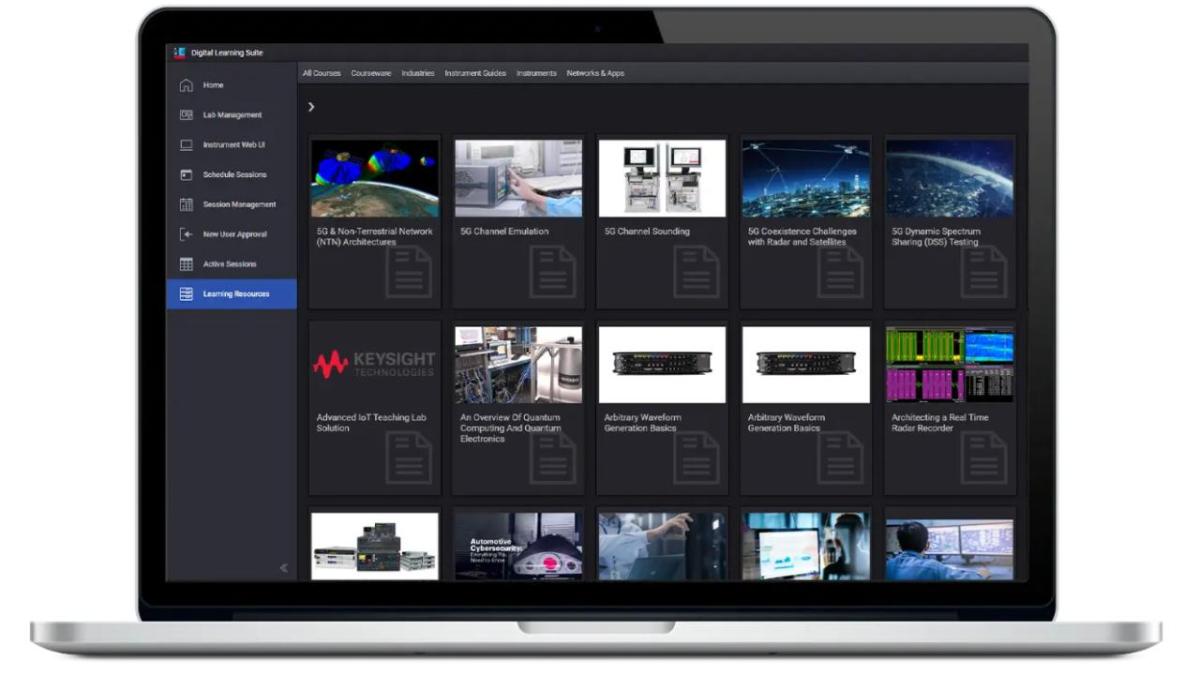Taking Engineering Teaching Labs to the Next Level
By Bernard Ang, Product Marketing
Elevate teaching experiences with artificial intelligence
With the advent of the artificial intelligence-driven digital age, engineering education laboratories (labs) have to evolve to stay competitive. Universities realize that their teaching methods and tools have to be cutting-edge to attract great talents and create the best industry-ready graduates. Artificial intelligence (AI) is coming of age with applications that help educators provide quality teaching experiences to their students.
Virtual teaching assistant
In-person teaching assistants remain the most valuable resource in engineering labs in all universities and will continue to do so in the future. They have always been a great help in assisting educators in the labs and group discussions. Virtual teaching assistants in the form of a personalized, always available AI tutor and the new medium of delivery, such as virtual reality (VR) assisted learning, are now being studied and leveraged to help engineering students in education laboratories and can complement the valuable work that in-person teaching assistants and educators have been doing. AI teaching assistants using reinforcement learning algorithms can assess the students’ understanding throughout each learning term, find gaps, and fine-tune their responses to help achieve their learning objectives.
In addition to engineering concepts and design applications, students can learn programming skills at their own pace from an AI virtual teaching assistant in languages such as C#, C++, Python, and more. This skill is generally required when students need to automate test sequences using test instruments in the engineering labs or perform engineering data analysis.
Digital twin and simulations
In advanced-level engineering labs in the universities, students get the chance to use computer-aided design (CAD) and simulation tools. These tools are familiar and have been part of modern engineering design processes for many years. Many digital twin simulation tools have become available in commercial markets to replicate components, products, systems, and environments to help test engineering designs, perform upstream tests in the product design cycle, and prevent costly design issues. AI-assisted digital twins help make simulations more realistic and dynamic, like in real-world conditions. When simulations are more realistic, students and researchers can catch more possible problems, make designs more robust, and improve decision-making capabilities in their products.
Lab automation software system
Lab automation software helps simplify and streamline daily tasks in the education lab so educators can focus on teaching. The software can help perform tasks such as pre-configuring all the bench instruments in preparation for every classwork, taking inventory of all test instruments in the laboratory, tracking calibration service dates, keeping records of all maintenance activities, and more.
An AI-enhanced lab automation software can automate mundane tasks such as scheduling lab classes for students, taking their attendance, and even grading their lab exercises. Hence, this will free the educators to focus on teaching their students.
Data analysis and report generation
Sometimes, test data collection and analysis can take up the bulk of the students' and educators’ work in the engineering lab. A lot of experiments and design verifications are subjected to iterative incremental tests and comparisons with simulated results. All these data need to be aggregated to have a broad and cohesive overview for better analysis of test results.
This is where AI power test automation tools can be harnessed to perform automated testing, analyze large datasets, find and interpret relevant data patterns, and generate the best graphs to showcase test results.
Resource management and security
All education or research labs require some resource management software to track test equipment, safety equipment, fixtures, tools, electronic component materials, and consumable supplies. With the resource management software, all laboratory resources can be tracked centrally and connected to vendors and suppliers to perform remote maintenance to some extent and replenish laboratory consumables.
The resource management software can also provide a secure environment for all data storage, such as laboratory manuals, databases, reference materials, experiment data, and more. All information is fully encrypted and has highly controlled authentication access.
Another big opportunity for resource management is managing all the digital learning resources at any time. Students can take the initiative to explore and learn from all the courses available at their own pace, at any time, and in any location. Figure 2 shows an example of a digital learning resource web interface.
Artificial Intelligence can assist in monitoring lab resources and improve actionable feedback to lab managers, making their labs more productive, secure, safe, and efficient.
The future of engineering education labs is here
Incorporating AI into Engineering education labs is an obvious choice for educators and lab managers to complement their teaching and make it more engaging during lab classes and off-hours through virtual generative AI tutors. AI-assisted lab design simulations, data aggregation, and analysis can help elevate students’ learning experience to the next level during engineering lessons.
Artificial intelligence can also assist educators and lab managers manage their lab resources, making them more productive, secure, and efficient.
Visit our Keysight education website to learn more about our teaching solutions, lab instruments, and industry-ready courseware.
Explore more about Keysight AI-powered test automation solutions.



